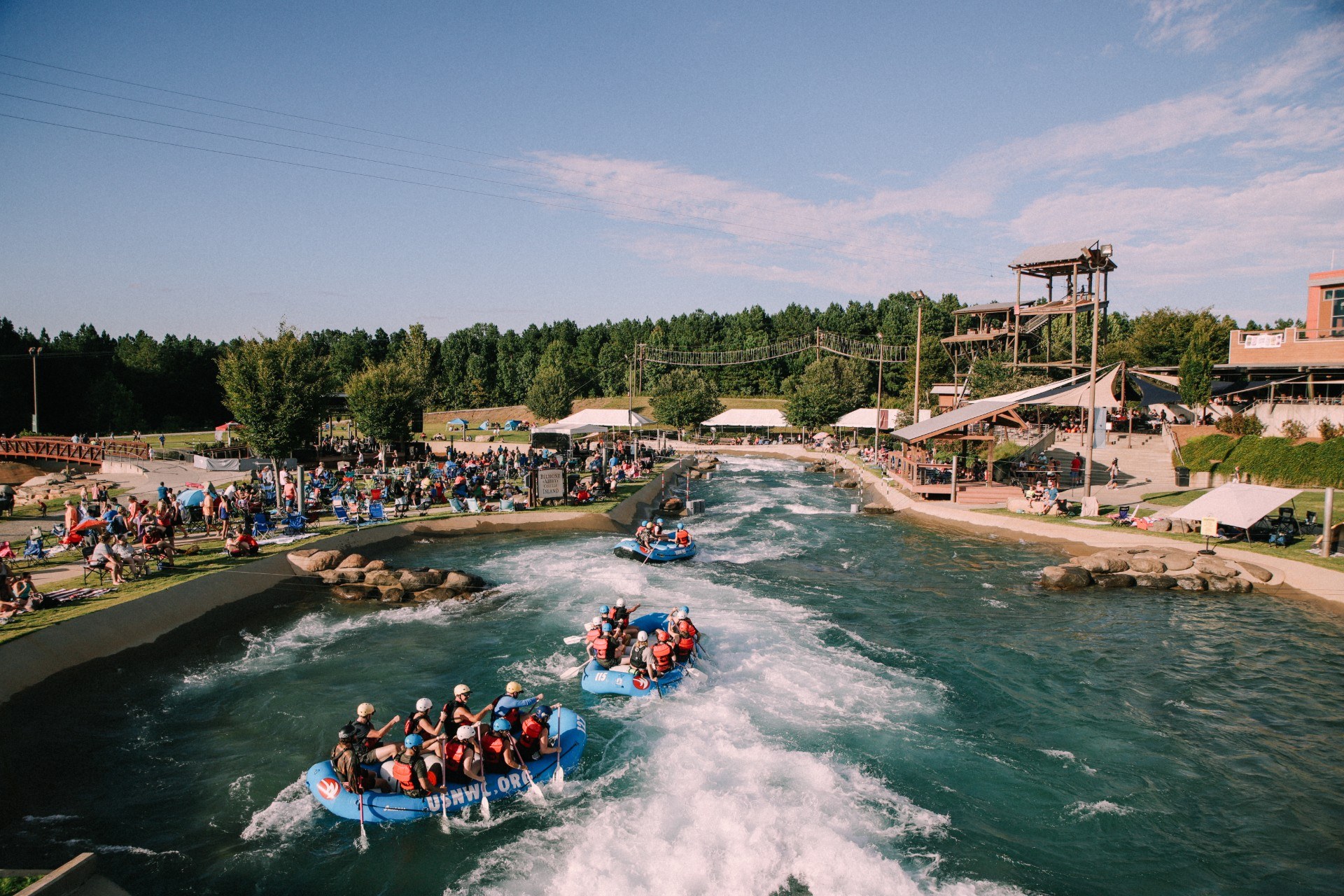Table Of Content
- Ideal altitudes differ between planes...
- Tactics for cruise altitudes on quick trips
- In tiny Western Slope town of De Beque, Scottie Vines emerges as record-breaking high jumper
- What are the winds doing?
- The Boeing 787 Dreamliner
- Tip 5: Are My Passengers Going To Hate Me?
- Fly More This Winter
- Airline Reward Programs

“Most bird strikes occur during takeoff and landing,” says Kyrazis. That includes the 2009 “Miracle on the Hudson” and the heroic landing by Captain “Sully” Sullenberger. Flying above 10,000 feet greatly reduces the risk of an encounter between bird and plane. Over 42,000 flights take place every day, with 5,000 planes in the sky at any one time, according to the FAA. With this much traffic, there has to be some official arrangement to make sure collisions do not happen, and there is.
Ideal altitudes differ between planes...

The combination of the engines and fuselage allow the cabin to be pressurized and heated as if you were on the ground in Mexico City. Yet, with improvements in technology like on the Boeing 787 Dreamliner, the environment in which you can sip your G & T is getting even better. Lower cabin altitudes, and fresher, more moist air all provide for a much healthier and relaxing flight experience. Finally, the fuselage of the Dreamliner is made from carbon fiber instead of the conventional aluminum.
Tactics for cruise altitudes on quick trips
The morning after the night before, waking up with your mouth dryer than the Sahara. But what about that Saint-Emilion Grand Cru they're serving with dinner? Of course go for them, but don't go crazy — go one-for-one with glasses of water. And remember, it's a criminal offense to be drunk on an aircraft and carries a maximum two-year prison sentence.
In tiny Western Slope town of De Beque, Scottie Vines emerges as record-breaking high jumper
Inside the cabin of the Boeing plane after midair accident - The Washington Post
Inside the cabin of the Boeing plane after midair accident.
Posted: Tue, 09 Jan 2024 08:00:00 GMT [source]
So as long as you pick an altitude above the MEF, you can rest easy in knowing that you're not going to hit something poking out of the ground while you're enroute. For example, when thunderstorms build up there can be hundreds of miles with only one or two suitable crossing points at specific altitudes. It's up to ATC to steer all the traffic through those limited windows. When you choose to apply (and are approved) for a new credit card through our site, we may receive compensation from our partners, and this may impact how or where these products appear.
What are the winds doing?
However, whilst these conditions were deemed acceptable for military aircraft, the same could not be said for the postwar era passenger aircraft. United Airlines suspended the pilots involved in the flight while it investigates, it said. But really the best advice of all is to keep reading Cruising Altitude for all the latest air travel and flying etiquette tips.
All airplanes are certified by their manufacturers to fly up to a maximum altitude. This altitude is discovered during the production and flight-testing phase under federal regulations to ensure the airplanes can operate safely in normal operations. Some reasons airplanes are limited to certain altitudes are to protect the airframe, engines, and other critical onboard systems. According to Thrillist, a plane's altitude is determined by its current weight and the atmospheric conditions at the time of flight. A flight's direction (as mentioned above), the amount of turbulence (based on reports by other pilots in the air), and flight duration are also factors. Commercial airplanes can theoretically fly a little higher than this, and of course they can also fly lower if they choose to.
Tip 5: Are My Passengers Going To Hate Me?
Every aircraft will have a different ideal altitude where it operates at maximum efficiency. Each individual airplane will have a different “sweet spot” that translates to the most efficient ride for them. Obviously, not every flight on a 747 will be operated under this very specific condition, but when the atmospheric conditions and weather allow for it, every pilot should aim for this height. That's where your aircraft's Fuel, Time and Distance to climb chart comes into play. For most aircraft, your time-to-climb is pretty linear, but if you're flying a normally aspirated airplane above 10,000 feet MSL, your climb rate can start to tail off significantly.
All aircraft operating on flight levels calibrate to this setting regardless of the actual sea level pressure. While use of a standardised pressure setting facilitates separation of aircraft from each other, it does not provide the aircraft's actual height above ground. At low altitudes, the altimeter is commonly set to show the altitude above sea level, which can be directly compared to the known elevation of the terrain. The pressure setting to achieve this varies with weather conditions.
Airline Reward Programs
On long-haul flights, the pilot may ask air traffic control to climb from one flight level to a higher one, in a manoeuvre known as a step climb. In fact, the common cruising altitude for most commercial airplanes is between 33,000 and 42,000 feet, or between about six and nearly eight miles above sea level. Typically, aircraft fly around 35,000 or 36,000 feet above sea level. This is why when you are on a long flight, you will generally hear the captain say something like, “Ladies and gentlemen, we have now reached our cruising altitude of 36,000 feet”. That’s where your aircraft’s Fuel, Time and Distance to Climb chart comes into play.
In addition, almost all the water vapor in the earth's atmosphere is in this layer — why most weather occurs here. Consider aircraft weight, forecast air temperature, winds, and any expected turbulence levels, and you can find the answer in your airplane documents. Or better yet, any of several performance calculation services can nail the answer for your specific airplane. Flying higher means that commercial airplanes can avoid most other airborne traffic. At the altitudes they use, there will be no light aircraft and helicopters, and no drones, which all fly much lower. However, in some countries, such as Norway for example,[9] the transition level is determined by adding a buffer of minimum 1,000 ft (300 m) (depending on QNH) to the transition altitude.
Flying higher means planes can avoid birds (usually), drones, and light aircraft and helicopters, which fly at lower altitudes. According to Your Mileage May Vary, the direction in which your plane is traveling can also affect what altitude it will climb to. Planes flying eastward (including northeast and southeast) will fly at odd altitudes (i.e. 35,000 feet) and all other directions will fly at even altitudes. Routes going in the same direction are also often planned so that planes are 1,000 feet above or below each other to avoid a collision.

If you're above the transition altitude, however, you are supposed to just set your altimeter to a fixed 29.92 inHg or 1013 hPa. The theory is that when you're that high, the distance to the ground doesn't matter. There are no towers to avoid or anything, so you only need to pay attention to the distance between planes. Having one single setting helps relieve the pilots of fast-moving planes from having to constantly adjust their altimeters while still providing vertical separation between aircraft. For flights across the Atlantic, routes are calculated by oceanic controllers in Gander, Newfoundland, and Prestwick, Scotland, twice per day. There, traffic flows depart Europe mostly in the late morning and afternoon, arriving in the US at a local time also in the late morning or afternoon thanks to the time zone difference.

No comments:
Post a Comment